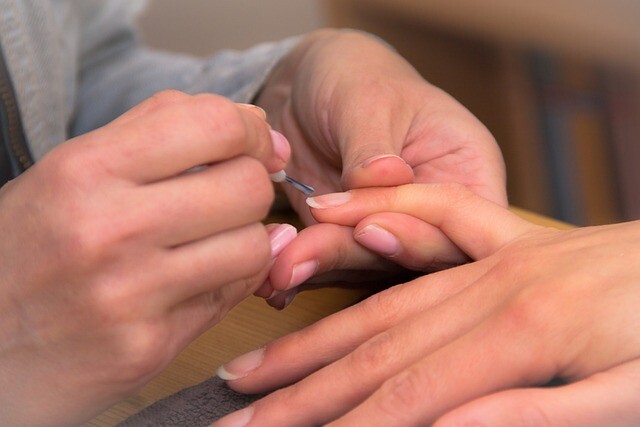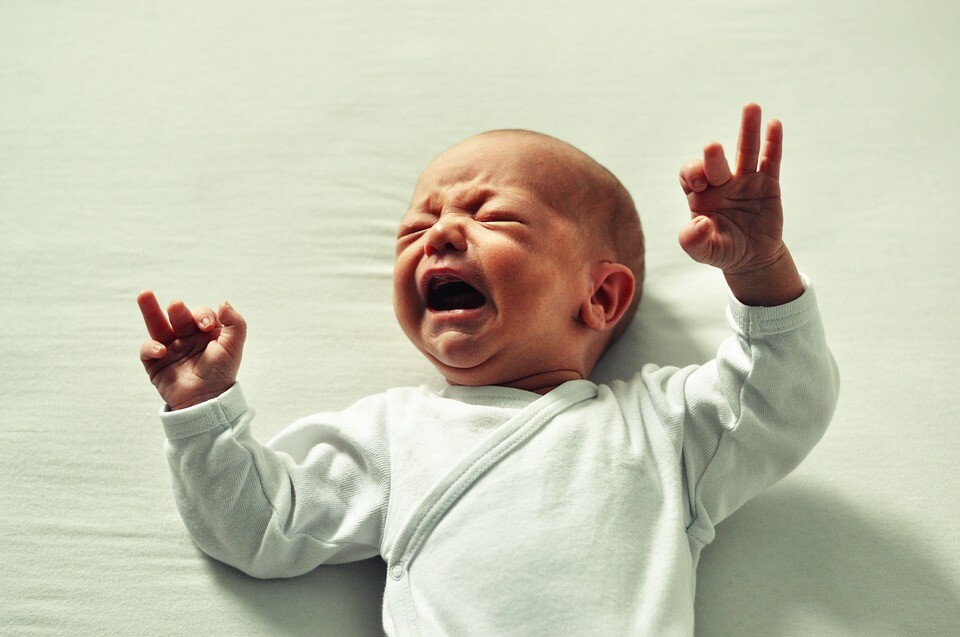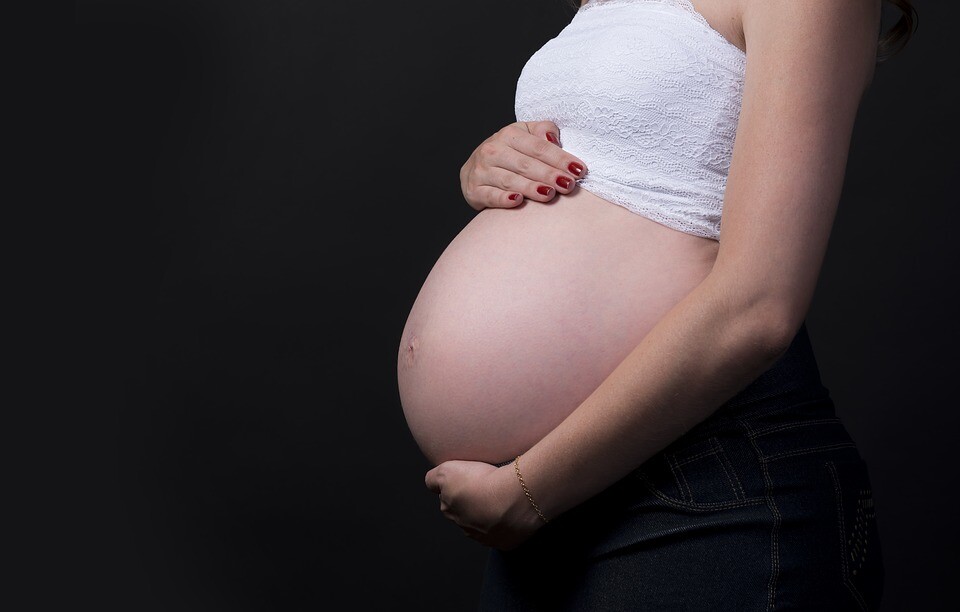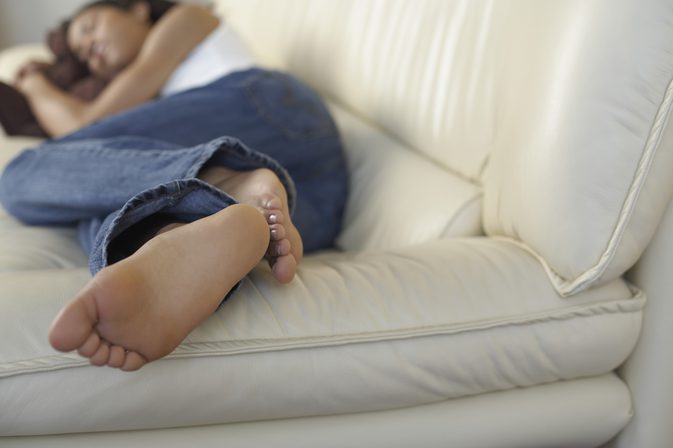Lots of children's toys are dangerous
68 percent of plush toys, or nearly seven out of ten, pose a serious threat to consumers, and all bicycle child seats are problematic, according to a report from the European Commission's latest Rapid Alert System. The operation of the system helps to prevent dangerous products from reaching consumers. The number of measures due to risky products is increasing year by year, by 10 per cent in 2019, but 63 per cent more proceedings were initiated compared to 2015 data.

The European Commission's system for protecting consumers and consumers is slowly coming of age
The Rapid Alert System was launched in 2003 to filter out dangerous, non-food items. Thanks to the system, it is possible to act extremely quickly in the case of a problematic product. Based on information about the product in question, the system may classify it as dangerous or, if appropriate, order its recall. In doing so, it facilitates the flow of safe products within EU Member States. As a result of the latest developments, it is possible to prioritize and even send an immediate alert within the system, which was most needed this spring in connection with health masks. “The alert system is available 24 hours a day, 7 days a week, ensuring the flow of information between Member States. In 2019, it required a huge effort to protect European consumers from dangerous products and the damage they could cause. In addition, the committee is working with Member States to test as many products as possible. As a result of this work, 75 particularly dangerous products have been brought to the attention of the system through the system, ”highlighted EU Justice Commissioner Didier Reynders.
Slime is not the best gift for kids either
In 2019, in a total of 4477 cases in 31 participating countries, an investigation was launched immediately for a dangerous product, which is an unfavorable figure in terms of a 10% increase compared to 2019. That is, more dangerous products had to be expelled from the market.
There are several procedures for dangerous products, from product recall to destruction. It’s scary that children’s toys are proving to be the most dangerous products, and even those that contain tiny, swallowable parts or chemicals can be the most harmful to consumers, even children. Problematic include plush products classified as stuffed animals or skill-building toys.
29 percent of dangerous product notifications were for children’s toys, and the second most problematic product in 2019 was electric vehicles, including electric scooters. Twenty-seven percent of reported products cause injuries — say, because of the easily cracking, fragmenting material — 23 percent consider it dangerous because of the use of the wrong chemical, and 13 percent can even cause suffocation.
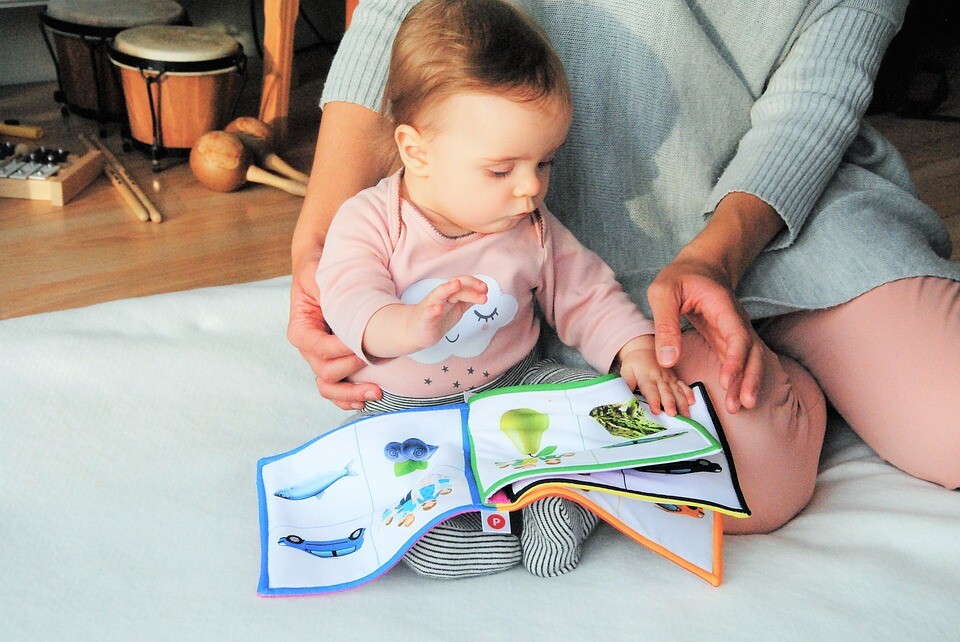
Product testing prevents trouble
The European Commission has also published the results of a product test called Coordinated Activities on the Safety of Products (CASP), which tested a total of 652 products under strict safety criteria across Europe. Products tested included plush toys, slimes, electric vehicles, bicycle-mounted child seats, electric chargers and batteries. 38 percent of the products tested did not meet EU standards, and 11 percent were found to cause serious injury. It is a surprising and worrying result that none of the bicycle child seats passed the test. True, only 8 percent of them were found to be specifically dangerous. In tests, plush toys proved to be the most dangerous in 68 percent, and batteries were the least problem, with batteries falling to just 1 percent.
A test of masks, hand sanitizers, and protective clothing follows
In connection with the coronavirus epidemic, a lot of reports were received this spring about masks, hand sanitizers and protective clothing.
That is why EU professionals in the following tests will be the protagonists of these products. The test series will begin this month, in mid-July 2020. After the tests have been carried out, a report is prepared on the results.
(Source: hazesotthon.co.hu; marmalade.co.hu | Image: pixabay.com)







